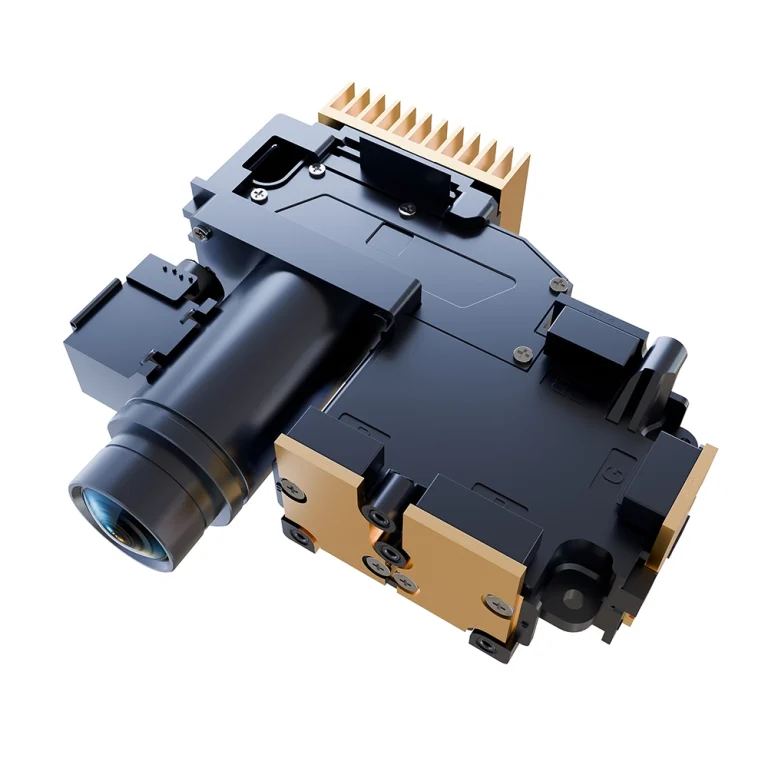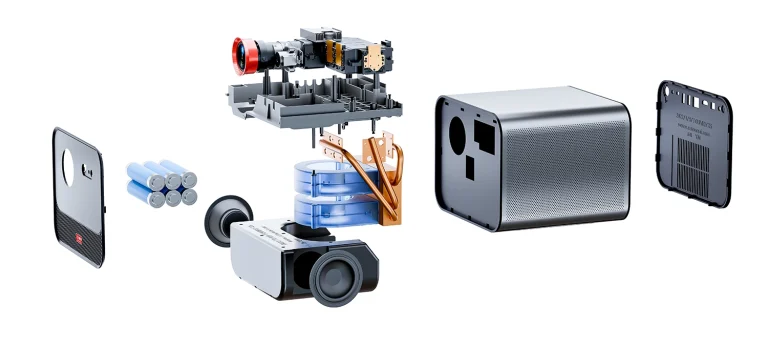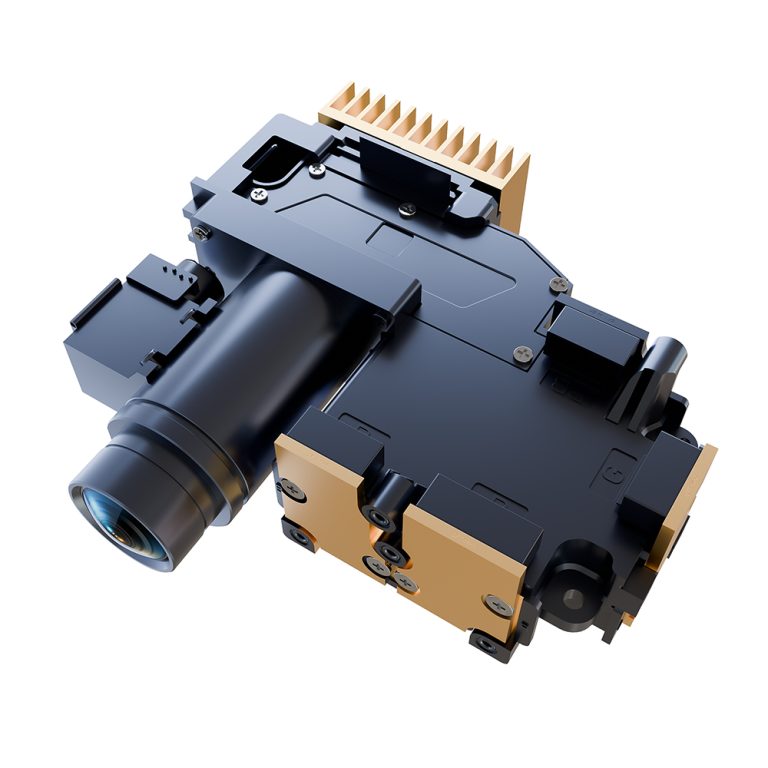What Is DLP Technology?
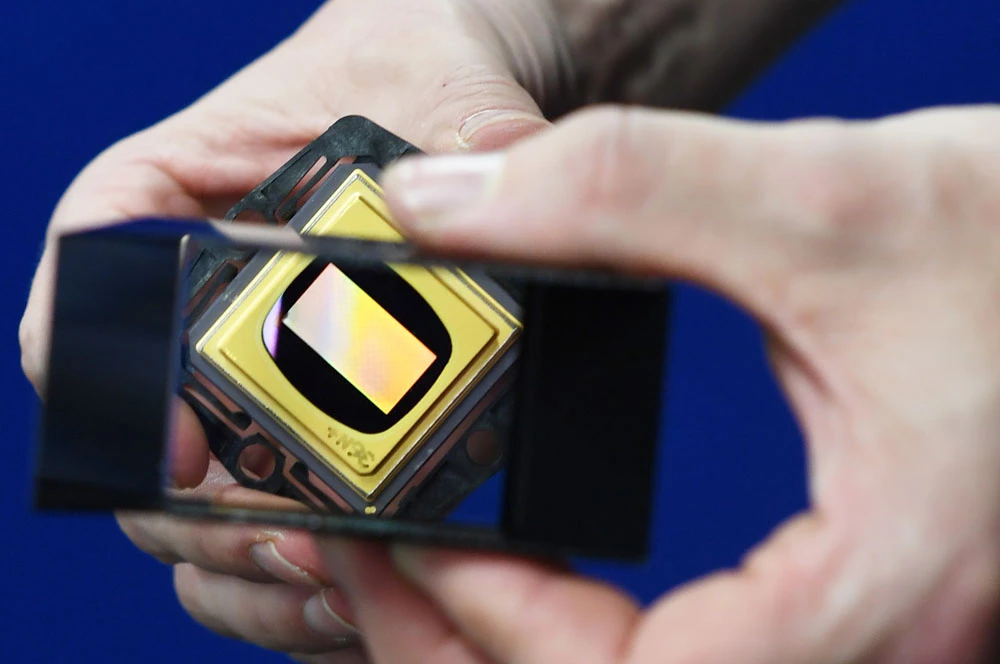
The Rise of 4K Projectors — And Why Cost Matters
How XPR Works: Turning 1080p Into 4K
You might have heard of XPR as “pixel shifting” or “shaking 4K” . But it is no trick.XPR does not create false pixels but uses such timing and optical shifting that it multiplies the effectiveness of a low-resolution chip’s resolution.
The Core Principle: Pixel Shifting
Behind the Scenes: The XPR Module
- High-Speed DMD Chip: The chip operates at up to 240Hz for 60Hz video signals, processing four sub-frames in the time of one normal frame.
- XPR Optical Actuator: A precision glass panel between the chip and the lens physically shifts the light path with tiny electromagnets to place each sub-frame in a slightly different position.
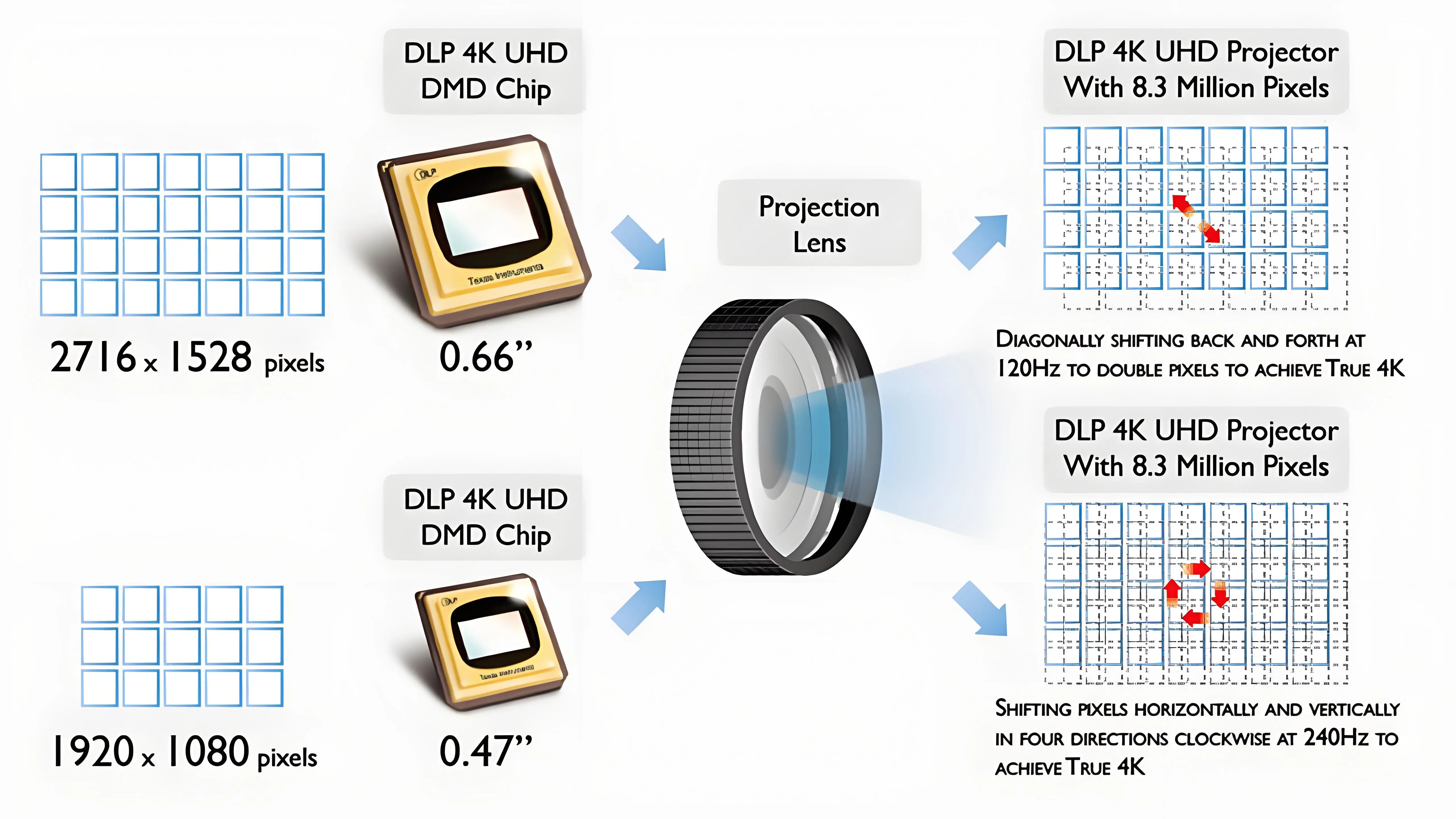
Is XPR “True” 4K? The Debate Explained
1. The Technical Argument
2. The Visual Argument
Pros and Cons of XPR Technology
Advantages of XPR Technology
- Affordable 4K Experience: XPR makes high-quality 4K projection accessible to a much wider audience.
- Excellent Sharpness: Single-chip DLP design avoids panel alignment issues seen in 3-chip projectors (like 3LCD), maintaining corner-to-corner clarity.
- Proven Reliability: XPR is a mature, well-tested technology used by major brands worldwide.
Disadvantages of XPR Technology
- Slight Mechanical Noise: The XPR module moves rapidly, sometimes creating a faint hum, though it’s usually inaudible during playback.
- Precision Sensitivity: Because XPR relies on exact optical alignment, image sharpness may vary slightly between individual units.
- Potential Rainbow Effect: As with all single-chip DLP projectors, some users may notice flashes of color in high-contrast scenes, though this has improved in newer models.
XPR in 2025: The Dominant 4K Projection Standard

Top XPR 4K Projectors in 2025
- BenQ X3100i: Premium gaming projector with low input lag, high brightness, and pixel-shifted 4K clarity.
- ViewSonic PX701-4K: A top-rated budget 4K DLP projector that delivers excellent sharpness at an entry-level price.
- Hisense PX3-PRO: A laser-powered ultra-short-throw projector combining XPR with triple-laser color for stunning HDR visuals.
Should You Buy a 4K DLP Projector with XPR?
- Want the best performance for your budget.
- Value sharp, detailed images with excellent color accuracy.
- Prefer compact, easy-to-maintain DLP systems.
- Have a larger budget and demand absolute image precision.
- Want the deepest black levels and highest contrast for dedicated home theater setups.
Conclusion
XPR technology has changed the way we use projection at home since it provides the ideal blend between the cheapness of 1080p and the quality of native 4K. For the majority of users that have home theaters in 2025, the latest ultra high definition 4K DLP projector with XPR will be the best bet and least expensive way to enjoy entertainment.
A native 4K projector has a chip with at least 8.3 million physical pixels. A pixel-shift 4K projector uses a lower-resolution chip (like 1080p) and rapidly shifts the pixels to display all 8.3 million pixels of a 4K signal sequentially. The result is a 4K image, but the underlying hardware is different and more affordable .
Yes, virtually all consumer-grade 4K DLP projectors on the market today use Texas Instruments'; XPR pixel-shifting technology to achieve 4K resolution. Native 4K DLP chips are typically reserved for extremely high-end professional and cinema applications.
For most users, it is not. The noise is a very subtle, high-frequency hum that is usually masked by the projector's fan noise and the audio from what you're watching. However, individuals with sensitive hearing might notice it during completely silent scenes.
Before blaming the technology, check your source! This is a very common issue. Many streaming platforms (like YouTube, Netflix, etc.) default to lower resolutions (like 720p or 1080p) to save bandwidth. Ensure your streaming service settings are set to 4K and that you are watching actual 4K content. A poor-quality source will look blurry on any 4K display .


